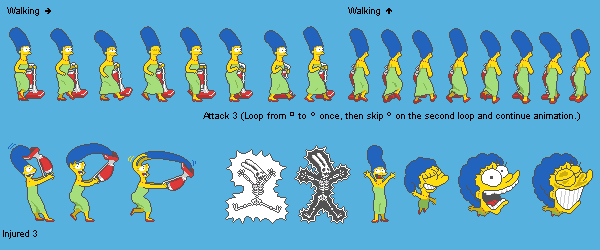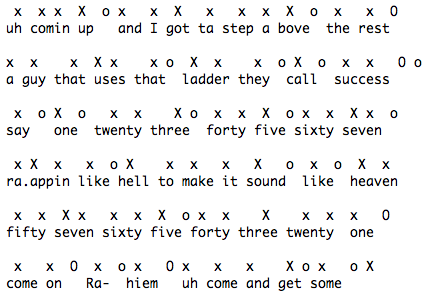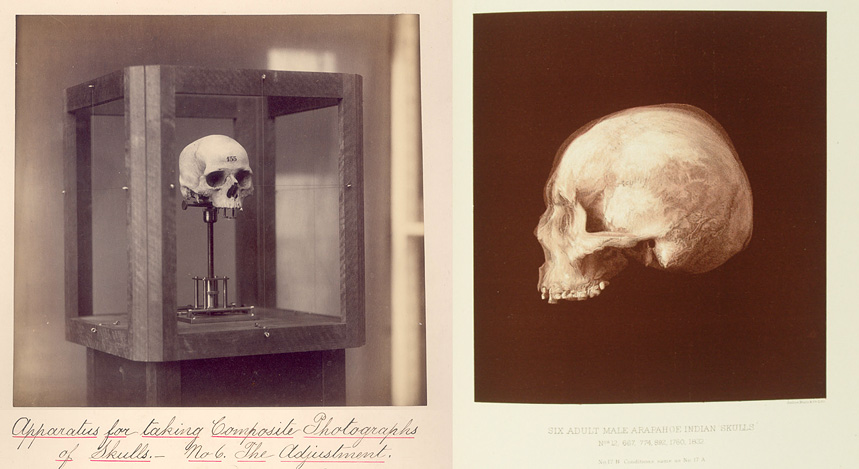Links and write-ups about beautiful things from around the web!
-
James Gurney Draws Dinosaurs All Day
One time my son had a friend over. I heard the friend say in a stage whisper, “Does your dad have a job?” No, my son replied. “He just stays home and draws dinosaurs all day.” James Gurney, creator and illustrator of Dinotopia, on growing up with art. (His Gurney Journey blog on illustration, drawing, and painting is very much worth reading, by the way)
-
Marge Simpson Rabbit Ears

Awesome full sets of sprites and backgrounds ripped from Konami’s 1991 Simpsons arcade game are available over at The Spriters Resource. I could have bought one of those machines with all of the quarters I lost playing it at the bowling alley or pizza parlor or wherever else grubby kids hung out in 1990s suburbia.
I’ve trimmed down Marge’s action sprites here because I’m fascinated by one detail that I’m pretty sure is otherwise depicted nowhere else in the rest of Simpsons canon: Marge’s Life in Hell rabbit ears hidden inside her hair!
(Via The Spriters Resource: Simpsons. I owe someone source attribution, but I can’t remember where I saw this link recently…help!)
-
Ancient astronomy: Mechanical inspiration
New research on the Antikythera mechanism hints that we might be looking at its use and meaning from the wrong perspective. From Nature:
Now, however, scientists delving into the astronomical theories encoded in this quintessentially Greek device have concluded that they are not Greek at all, but Babylonian — an empire predating this era by centuries. This finding is forcing historians to rethink a crucial period in the development of astronomy. It may well be that geared devices such as the Antikythera mechanism did not model the Greeks’ geometric view of the cosmos after all. They inspired it.
-
The Metrics of Rap

Language Log drops the science on the metrics of rap and hiphop, as part of a larger article on Yale University’s recently-published, transcription-error-prone The Anthology of Rap. The above image illustrates the meter of Grandmaster Flash and the Furious Five’s SuperRappin’.
As always in such cases, there’s an interesting question whether this should be thought of as a superficial deviation from an underlyingly square rhythm, or rather as a different draw from a set of available polyrhythmic patterns. For some more discussion, see e.g. “Rock syncopation: Stress shifts or polyrhythms?”, 11/26/2007. Note in any case that the mixture of four-beat and three-beat (lyric) lines evokes the traditional English ballad meter, whatever we’re to make of the variations in alignment.
-
Mystery of the Red Bees
Could the tastiest nectar, even close by the hives, compete with the charms of a liquid so abundant, so vibrant and so cloyingly sweet? Perhaps the conundrum raises another disturbing question: If the bees cannot resist those three qualities, what hope do the rest of us have? From the New York Times, The Mystery of the Red Bees of Red Hook: urban honeybees in Brooklyn are hitting up the local maraschino cherry factory, turning their bodies fluorescent and their honey into a cough syrup-like concoction.
-
Linguni a La Stigmata

From a 1992 New York Times review of one of my favorite books from when I was in school, Penn & Teller’s How to Play With Your Food:
A copious plate of pasta arrived, with no sauce. Teller suddenly stabbed his palms with a fork and rummaged through the strands of linguine. When a bright red river surged from beneath the plain pasta, Teller stood up, dripping red palms outstretched. Voila! The thrillingly gruesome “Linguine a la Stigmata.” Waiters smiled, diners at nearby tables didn’t notice a thing, and the linguine was served to one and all. …
“Violence is what gives you real excitement,” [Penn] continued. “It’s what gives us the rage to live. Without violence, you don’t really have art. You have to have your Shakespeare, your Greek tragedies. Teller and I are both very pro-violence in the arts, but only in the arts. No one wants to go on a roller coaster that’s slow and flat.”
But does that include sticking a fork into your eye? Absolutely. “Nothing is more life affirming than doing this stuff and not being hurt,” Teller said. “It’s cool to be startled. You laugh, and that’s a social activity. There are repartees, and there is ramming a fork into your eye.”
-
Craniophore Compositing

Ghostly photos from the Otis Archives depicting a novel circa-1885 piece of scientific analysis equipment: Apparatus for taking Composite Photographs of Skulls. Basically a wood and brass frame with a craniophore in the middle, the tool made it possible to position and align multiple skulls so composite photos could be taken accurately from the front, side, and rear views. The image on the right, for example, is a composite of five or six (or more?) separate skulls. From a contemporary anthropology journal describing the process:
Then the anterior frame and the lateral frame next to the window are lowered ; a black velvet background is hung on the posterior frame ; a large white cardboard is hung on the frame further from the window ; the brass-work is occluded with small velvet screens, and the picture is taken.
The photographs record composites of skulls from various Native American and Cook Island tribes (as seen in the archives of the Clark Institute), so I first thought that the measurements were sadly being undertaken for the sake of scientific racism, the darker side of physical anthropology, which was still in vogue in the 1880s.
That may be the case, but thankfully the full story is somewhat more complex: the inventor of the apparatus, Washington Matthews, an army surgeon-ethnographer-linguist, wrote extensively on the Siouan languages while stationed in the Dakotas, reportedly married and had a son with a woman from the Hidatsa tribe, was initiated into some aspects of the Navajo tribe, and also contributed substantially to the understanding and recording of the Navajo culture, which previously had been considered primitive by the Europeans:
Dr Matthews referred to Dr Leatherman’s account of the Navahoes as the one long accepted as authoritative. In it that writer has declared that they have no traditions nor poetry, and that their songs “were but a succession of grunts.” Dr. Matthews discovered that they had a multitude of legends, so numerous that he never hoped to collect them all: an elaborate religion, with symbolism and allegory, which might vie with that of the Greeks; numerous and formulated prayers and songs, not only multitudinous, but relating to all subjects, and composed for every circumstance of life. The songs are as full of poetic images and figures of speech as occur in English, and are handed down from father to son, from generation to generation.
-
Long-term archiving of digital data on microfilm
As our magnetic and optical media become increasingly difficult to access and data starts to corrupt, what can we do to best preserve our electronic information for longer than the current 7-10 year bursts of time? One solution might be to transcode and compress it all to 2D barcodes printed onto microfilm. From AlphaGalileo:
The team further suggests that in order to reduce the amount of microfilm used for any given repository and so cut conversion and re-digitization times it would be possible to convert a stream of text into a bar-code type system that would still be entirely analogue but would rely on knowledge of the conversion key to return the data to digital form from microfilm. Using such a system could render a tested 170 kilobyte file that requires 191 pages of microfilm space as just 12 or so printed as a two-dimensional barcode. Such a barcode would incorporate redundancy and be self-checking unlike a straight digital to analogue image scan of the text. Further compression is possible, if colour microfilm and barcodes were used for storage. This may provide a valuable, low-maintenance additional back-up for the original digital objects in addition to preservation activities needed for the on-line access copies.
(Via ACM TechNews)
-
Catmull Interview
They didn’t think it was relevant. In their minds, we were working on computer-generated images—and for them, what was a computer-generated image? What was an image they saw on a CRT? It was television.
Ed Catmull, co-founder of Pixar and pioneer of computer graphics, on the time he and his nascent team were brought in to ILM during the filming of the second Star Wars movie.
From an ACM Queue interview between Catmull and Pat Hanrahan. There are also some good quotes about incubator projects like ARPA providing protection for new ideas, arts education, and the role of artist-scientists in the graphics field.
-
Sunset on Mars
Sunset on Mars, as seen by the long-lived rover Opportunity. Otherworldly yet primal.
